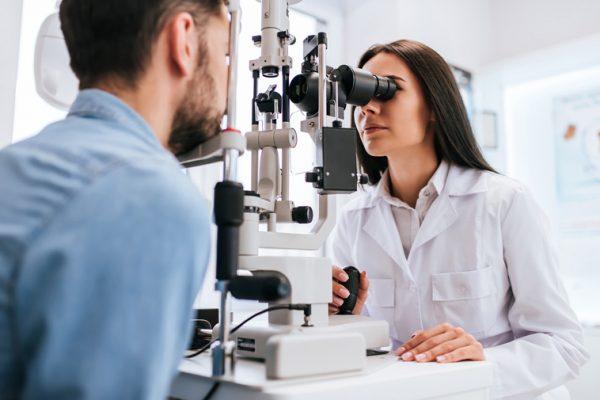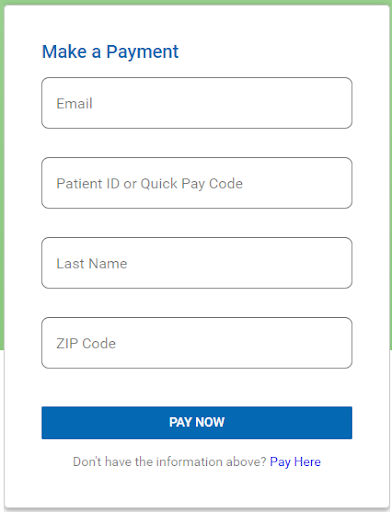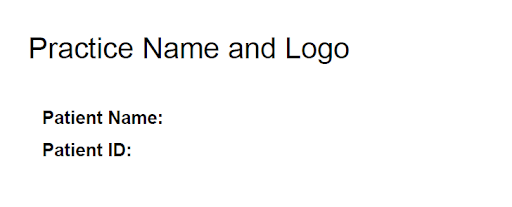Small Incision Lenticule Extraction
SMILE Eye Surgery
Small incision lenticule extraction (SMILE) is a minimally invasive laser eye surgery that treats astigmatism and nearsightedness. SMILE is gaining popularity because of its quick recovery time, low risk, and long-lasting results.
Unlike LASIK surgery, which cuts a flap into the cornea, SMILE is flapless. Its smaller incision reduces the risk of dry eye and other flap complications.

The SMILE Procedure
Achieve excellent vision with SMILE eye surgery and reduce your dependence on glasses or contacts. SMILE eye surgery can correct vision problems like:
- Nearsightedness
- Astigmatism
Unlike LASIK, SMILE does not create a flap on your cornea to reshape it. That means you have less risk for flap-related injuries.
When you’re ready to get back to an active lifestyle or just want clear vision again, schedule your appointment.
What Is SMILE Eye Surgery?
During SMILE eye surgery (Small Incision Lenticule Extraction), a laser reshapes your cornea to help light rays focus on your retina. This reshaping reduces most patients’ need for contacts or eyeglasses, and some patients are able to stop wearing them altogether.
SMILE is FDA-approved and clinically proven to help patients with nearsightedness between -1 and -10 diopters. It also helps with astigmatism of up to 3 diopters. SMILE benefits each patient differently, and is often chosen over LASIK and PRK because of its short recovery time.
SMILE is a quick procedure, usually taking no more than 15 minutes. Here’s a step-by-step look at how it works:
- A surgeon measures your eye with a laser to determine how your cornea should be reshaped.
- The laser crafts a disc-shaped piece called the lenticule into your cornea.
- A small incision is made in your cornea, and the lenticule is removed. This reshapes your cornea.
What are the Benefits of SMILE Eye Surgery?
SMILE eye surgery is just as successful at correcting astigmatism and myopia as LASIK or PRK. It’s important to talk with your eye doctor to learn how SMILE vision correction can benefit you.
The 4 main benefits of SMILE eye surgery are:
Stable, long-lasting vision correction
Relief from dry eyes and uncomfortable contact lenses
Fast recovery with minor discomfort
A small incision and no flap, reducing side effects like dry eye
Who Is a Candidate for SMILE Eye Surgery?
It’s important to talk with your eye doctor about whether you are a good candidate for SMILE laser eye surgery. This can be determined through a comprehensive eye exam. SMILE eye surgery is a great option for patients with the following traits:
- You should be 22 or older
- Your eyes must be healthy—this includes your corneas
- Your prescription cannot have changed within the last year
- Your prescription should be between -1 and -10 diopters for nearsightedness and up to 3 diopters for astigmatism
Note: Patients with conditions such as hyperopia, severe glaucoma, keratoconus, and diabetes likely do not qualify for SMILE eye surgery.
What to Expect Before, During, and After SMILE Eye Surgery
Pre-Surgery Expectations
Before undergoing SMILE eye surgery, your ophthalmologist will test your vision through a comprehensive eye exam. This exam determines whether SMILE is right for you and whether you have other eye problems that must be addressed.
Once you are tested, your eye doctor will help you set expectations for your procedure. While SMILE helps many patients go about their day without glasses or contacts, some intensive tasks, such as reading, may still require you to wear glasses.
Midwest Vision Partners doctors create a personalized care plan that sets your expectations, reduces recovery time, and promotes the best possible outcome for your vision. Before your procedure, we scan the surface of your cornea and make precise measurements to ensure our work is effective and painless.
The Surgery Procedure
SMILE eye surgery is a quick and straightforward procedure for the patient, typically requiring just 10 to 15 minutes in the chair.
During the procedure, your eyes are numbed, and an eyelid holder prevents you from blinking. This reduces your discomfort and allows the laser to work unimpeded. Once a suction ring sets your cornea in place, the laser begins forming a lenticule on your cornea.
Then, your surgeon makes a small incision in your eye and removes the lenticule. Your cornea is reshaped, and the surgery is complete.
Post-Surgery Expectations
Be sure to have someone else drive you home after your SMILE procedure. Once you are home, we recommend taking the day off. Relax and avoid labor-intensive tasks, no matter how minor.
Your eye doctor will prescribe a post-surgery care routine including eye drops, which will reduce discomfort and promote a quick recovery.
If you take the proper precautions, you can resume most activities after one or two days. Do not swim or get water in your eyes for at least 72 hours.
SMILE Eye Surgery vs. LASIK & PRK
Many patients are unsure whether they should choose SMILE, LASIK, or PRK to correct their myopia and astigmatism. We recommend consulting with Midwest Vision Partners to review your options and test your eye health.
Your lifestyle and overall health are significant factors in determining which surgery you should receive. SMILE is an excellent option for patients with an active lifestyle prone to dry eye. All three surgeries have similar long-term results, but SMILE is less invasive and helps avoid complications from a corneal flap.
PRK is also flapless but has a longer recovery time than SMILE. PRK removes the cornea’s outer layer, which needs additional time to regrow after surgery.
Risks and Potential Side Effects of SMILE Eye Surgery
SMILE eye surgery is FDA-approved and widely known to be safe. Unfortunately, every procedure has potential side effects, which the expert doctors from Midwest Vision Partners work to minimize. Rare complications include:
Glare and halos
Blurry vision
Debris on the cornea
Infection
Follow-up visits are essential to addressing and limiting side effects. In rare cases, your vision may be over- or under-corrected. This issue can be addressed during a follow-up visit.

Schedule Your SMILE Eye Surgery Consultation
with Midwest Vision Partners
SMILE laser eye surgery has changed millions of lives and could change yours next. If you want to stay on the go and leave your glasses behind, talk with one of Midwest Vision Partners’ expert eye doctors today.
Our partners use innovative, patient-centric methods to produce incredible results with little recovery time. No more relying on contacts and glasses to go about your day. It’s time to live clearly and freely. You can schedule a comprehensive eye exam to understand whether SMILE is right for you.
Frequently Asked Questions About SMILE Eye Surgery
Is SMILE eye surgery permanent?
Yes, SMILE is a permanent treatment for myopia and astigmatism since it reshapes the cornea. However, SMILE cannot prevent age-related eye problems like cataracts and declining vision.
Does SMILE eye surgery hurt?
SMILE is considered a painless procedure. Although minor discomfort may occur, patients rarely feel pain during or after surgery.
How soon will I see clearly after SMILE eye surgery?
Your vision could be clear one or two days after SMILE surgery. Each patient has a different recovery period, and some have clear vision immediately after the procedure.
Should I consider SMILE eye surgery?
If you fit into the following categories, SMILE eye surgery may be right for you:
- Tired of using contacts or eyeglasses
- Lives an active lifestyle and wants less disruption
- Seeking a no-flap alternative to LASIK
Related Services
Let's Get Started
When It Comes To Eye Health, We’re Your MVP








